1964 had been a challenging year for Bill Yeoman and his Houston Cougars. In a 9-game season, the UH offense scored 20 or more just twice: the opener against Trinity and vs. Tulsa. In the other seven games, the team scored only 58 points.
Houston went 2-6-1 against that 1964 schedule with six of the nine games at home. At points during the season, Yeoman had tinkered with a variation of the Split-T, an option offense with wider gaps between the linemen.
After three years of struggles, Yeoman was willing to try almost anything. And with the #1 recruit in the nation – Warren McVea – moving up to the varsity, he needed an offense where McVea could shine. To his eternal delight, Yeoman stumbled upon an idea during spring practice in 1965.
Yeoman decided to toy with his Split-T variation again. He watched as his offense helplessly attempted a halfback dive: it was a bread-and-butter play being run out of a new formation. How could he implement this offense if his team couldn’t run a simple dive play?
The problem was that his offensive line struggled to block an eight-man front. Agitated, Yeoman told his OL that “since you can’t block, just get out of the way.”
The OL took him seriously, and on the next dive, the offense picked up 15 yards. That continued for some time, with the offense gaining chunks of yardage as the defense had to react to this odd offensive strategy.
The next day, while watching the film of that practice, Yeoman asked for the projector to be stopped. “Hold it, there’s something here we need to pursue,” Yeoman said to his assistant coaches about the “get out of the way” play. A discussion ensued, and by the end of the meeting, the idea had begun to take shape.
Even then, how could he ever know that the “get out of the way” play would be the impetus to his entire career and eventually, the College Football Hall of Fame?
That day, Bill Yeoman began the journey that would redefine football. The Veer, or the Houston option, as Yeoman often called it, was born.
The 1965 season & the birth of the Veer

The Cougars started the ’65 season 1-4, in many ways looking a lot like the 1964 team. In those first five games, UH had scored just 40 points, including embarrassing shutouts in the first two games in the brand new Astrodome. At that point, Yeoman decided to run the Veer full-time, fearing that his time in Houston was coming to an end.
“I’d drawn it on paper and practiced it in the spring of 1965,” Yeoman said to SI in 1973. “But I didn’t have the guts to go to it until midseason when it looked as if we were all about to be fired.”
Yeoman made another change that week: he named Bo Burris the starting quarterback. Burris had begun the season as the starter but was benched after the fourth game. After a 32-point loss to Miami, Yeoman went back to the former Brazosport star.
“It was the night before we played Tennessee,” Burris relayed to Robert D. Jacobus in the book Houston Cougars in the 1960s. “Coach Yeoman pulled us all together and said, ‘Tomorrow we’re going to run the Veer and Bo Burris is my quarterback.'”
The Coogs lost to Tennessee at Neyland Stadium that night, but Burris and his teammates could feel a shift coming. UH blew through Chattanooga the next week, 40-7, setting up the annual game with Mississippi.

Hotty Toddy, Gosh Almighty: Beating Ole Miss
In the first 20 years of UH football, no team had dominated the Cougars like the Ole Miss Rebels. The series began in 1952 and, by the 1965 season, the Rebels were 12-0 vs. UH and had outscored the Coogs 339-41.
In Yeoman’s first three seasons, the Rebs had beaten UH by 14, 22, and 33 points. Being able to stay with Ole Miss was one of the deciding factors in switching to the Veer.
“Our offensive line was a major problem,” Yeoman said. “The University of Mississippi had trounced us in 1962 and 1963, and a lot of the reason was, we couldn’t block their tackles. They were all over us.”

It was Homecoming night, and UH was starting to feel confident in their new offense. Early in the game, Kenny Hebert booted a field goal to put the Cougars up 3-0, believed to be Houston’s first-ever lead on the Rebels.
On the next offensive series, Burris connected with Warren McVea on an 80-yard TD pass. The Astrodome went wild. The Houstonian yearbook described the play:
“Burris lofted a floating spiral down the sidelines; Warren McVea blazed past a defender to scoop in the ball and fled some 50 yards to the end zone in a blur.”

A bit later, Burris hit McVea again, this time on an 84-yard score. Almost miraculously, the Cougars led Ole Miss 17-0.
After the second TD, McVea and Burris huddled on the sidelines. The Houstonian said they beamed at each other “for a moment in mutual vindication.” Both had been scapegoated for the bad season, and Burris had been hung in effigy alongside Yeoman.
Ole Miss didn’t score until a field goal late in the 4th quarter, and the game ended with a 17-3 UH win. Finally, a win over Ole Miss! But more importantly, a crowning moment for the new offense.
Finishing on a high note
The following week, #10 Kentucky came to the Astrodome. The Cougars were sky-high after the Ole Miss win, but managed to dial it in. Burris matched Kentucky’s All-American QB Rick Norton score for score in the first half. In the 3rd quarter, Burris hit Mike Spratt for a 10-yard TD to put the Coogs up 24-21. UH scored twice more to win, 38-21.

In 8 days, UH had finally beaten Ole Miss and recorded the school’s first-ever win over a top-10 team. A 16-16 tie with Florida State to end the year resulted in a final record of 4-5-1.
With the performance of the Veer in the last four weeks of the season, Cougar fans knew they had something special brewing. Yeoman’s new offense had worked at a crucial time. The wins over Ole Miss and Kentucky were the first steps in turning the Houston program into a perennial top-25 team.


